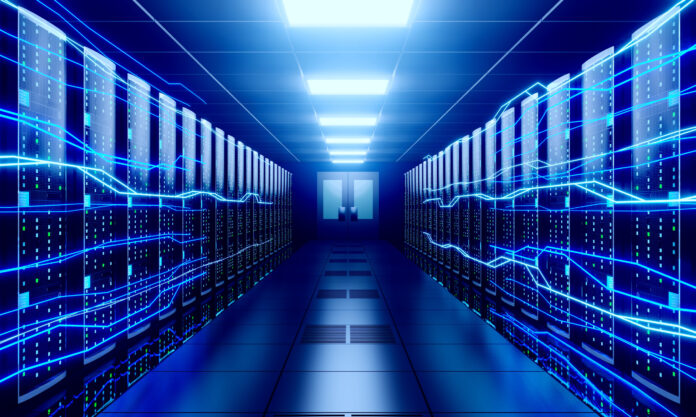As AI reshapes nearly every industry, the infrastructure supporting these technologies is rapidly evolving
Though often mentioned together, AI colocation and AI edge data centers serve different roles in delivering the performance, scale and geographic reach that modern AI applications increasingly need. Understanding what they are, how they work and why they matter can help businesses and policymakers plan better for the growing demands of AI.
AI colocation data centers: Shared power, space and performance
A colocation data center is a facility where businesses can rent physical space to house their servers and networking equipment. The provider offers the building, power, cooling, internet connectivity and security — while the customer owns and manages their own hardware.
In the context of AI, AI colocation data centers are specially equipped to support high-performance computing (HPC) needs, particularly those involving GPUs and large-scale AI workloads. These colos are optimized for:
-High power density: AI training servers consume more power than typical IT equipment. AI colocation facilities offer greater power per rack.
–Efficient cooling systems: High-performance GPUs generate a lot of heat, so liquid cooling or advanced air-cooling solutions are often used in these facilities.
-Strong network connectivity: Fast data transfer is essential for training large models or moving data between cloud and edge environments.
-Security and compliance: With AI models often handling sensitive data, these data centers offer physical and cybersecurity controls, as well as adherence to standards (like ISO, SOC 2, or HIPAA).
Why use AI colocation?
Many companies lack the budget, space or expertise to build and manage AI-optimized infrastructure on-site. Colocation provides a middle ground between cloud computing and owning a private data center. It offers cost efficiency, flexibility and control, especially for businesses that need to scale GPU infrastructure or meet latency or regulatory requirements.
AI edge data centers: Bringing intelligence closer to the user
An edge data center is a small facility located close to the end user or device, designed to process data locally rather than in a central cloud or core data center. AI edge data centers take this concept further — they bring AI computing power closer to where data is generated and used.
For example, edge AI data centers might be placed near a smart factory, a hospital or even a cell tower, enabling real-time processing of video, sensor or IoT data. These centers typically include:
-Local GPU or AI accelerators: To process AI models on-site quickly.
-Compact form factors: Edge data centers are smaller and modular — sometimes as small as a shipping container.
-Low-latency processing: By avoiding the need to send data to distant clouds, they reduce latency and enable faster decision-making.
-Energy and cost optimization: Running smaller workloads locally reduces data transfer costs and energy consumption.
How do colocation and edge AI data centers fit together?
While colocation centers provide the power for training and managing large AI models, edge data centers run those models in real-world environments. In many enterprise AI deployments, the model is trained in a colocation or cloud facility, then deployed to edge devices or edge data centers for real-time inference.This combination creates a distributed AI infrastructure, balancing performance, speed, cost and compliance across the AI lifecycle — from training to inference.
Conclusion
AI colocation and edge data centers represent two sides of the same coin. Colocation data centers offer centralized, high-power environments ideal for developing and managing large AI models, while edge centers bring that intelligence closer to where decisions need to be made.
As AI use cases continue to expand and evolve, both types of data centers will be essential in building resilient, scalable and efficient infrastructure for secure, real-time AI.

